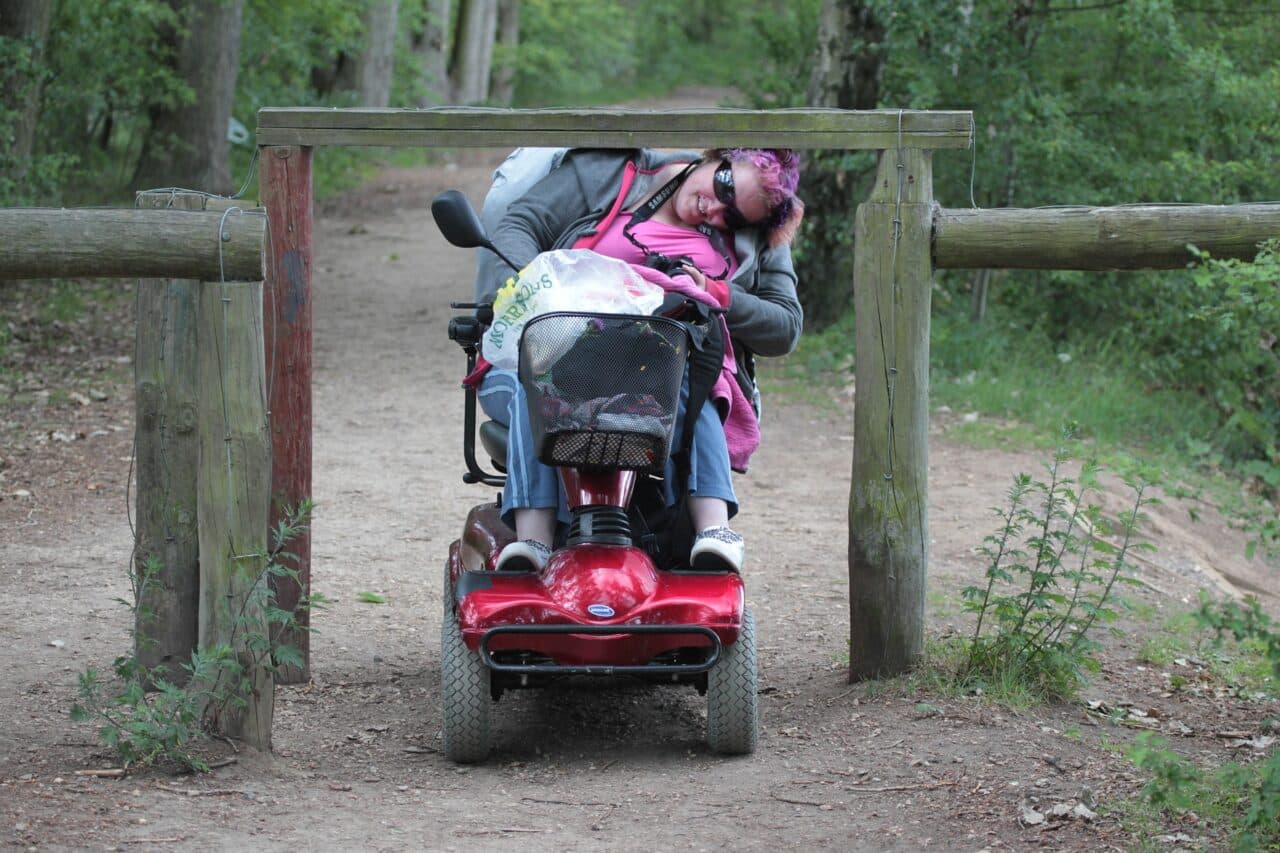
8 Ways to Make a LARP or Event Accessible
Live Action Role-Playing (LARP) is a type of role-playing game (RPG) that is a fun and engaging way to immerse oneself in a fictional world, interact with others and live out characters and scenarios. However, LARPs and other interactive events can often be inaccessible to people with disabilities due to physical, sensory or cognitive challenges. Making your event accessible for people with disabilities is crucial to ensure that everyone has the opportunity to experience a sense of belonging and participate in the adventure.
Here are some tips on how to make LARP or event more accessible:
- Conduct a Needs Assessment: It’s important to understand the specific needs of people with disabilities who will be participating in your LARP. Reach out to potential participants and ask them what accommodations they would need to fully participate in the LARP. Conducting a needs assessment is a great way to identify potential barriers to accessibility and make adjustments accordingly.
- Provide Physical Accessibility: Ensure that the venue where you are holding the LARP is wheelchair accessible and has ramps, lifts, and accessible restrooms. Make sure that the terrain is flat and stable and that there are no obstacles that could impede mobility or make a scenario unsafe. Provide accessible seating areas and designated parking spots for people with disabilities.
- Sensory Accessibility: Some people with disabilities may have sensory sensitivities or require specific accommodations to help them navigate the environment. To ensure sensory accessibility, consider providing earplugs or earmuffs to dampen noise levels. Create quiet areas where people can take a break from sensory stimulation. Consider providing braille and/or large print versions of handouts and signs.
- Provide Assistive Technology: Some people with disabilities may require assistive technology to participate fully in the LARP. Consider providing assistive devices such as an assistive learning device, audio and/or braille versions of written instructions, closed captions for videos, or screen readers.
- Make Sure Instructions are Accessible: Provide clear and concise instructions for participants to follow. Use simple language, avoid jargon (or define it first), and provide visual aids with audio description if necessary. Consider providing sign language interpreters, and/or closed captioning.
- Create Inclusive Characters: When designing characters, ensure that they are inclusive and diverse. Avoid characters and caricatures that perpetuate harmful stereotypes. Create characters who are staffed by people that reflect a variety of cultures, races, genders, abilities, and sexual orientations. Provide accommodations for people with disabilities in the character design, such as characters that use wheelchairs or have sensory sensitivities, ideally played by people who have these actual disabilities.
- Train Staff and Volunteers: Staff and volunteers should be trained in disability awareness and etiquette. Train them to provide accommodations and assistive technology if needed. Make sure that they are aware of the needs of participants with disabilities and are equipped to provide support.
- Encourage Feedback: Encourage feedback from participants with disabilities about their experience with the LARP. Listen to their suggestions and concerns both before and afterwards during a debrief and make adjustments accordingly. Consider establishing an accessibility committee of people who require accessibility to continuously review policies and processes and make improvements.
Making LARP or events accessible for people with disabilities requires planning, awareness, and sensitivity. It can also require LARP creators to re-think their systems, location, and their stories or characters. It requires more preparation time and perhaps even expense. However, creating an accessible and inclusive LARP benefits everyone simply because all people have different needs – even those who do not have a disability. Providing for these needs can make it easier for players and staff who have a lesser degree of hearing loss or who have limited vision or mobility all feel included.
Taking the time to make your LARP or event accessible can not only attract more participants, but also help those people feel like they belong – which helps them become emotionally immersed in the experience. This state of immersion is what makes LARPs unique and powerful. So just start making adjustments one at a time and eventually you will have an inclusive and accessible LARP.
——-
Guardian Adventures provide consulting and licensing of educational adventures, including a free LARP and cultural programs, for summer camps, amusement & attraction industries, and more.
